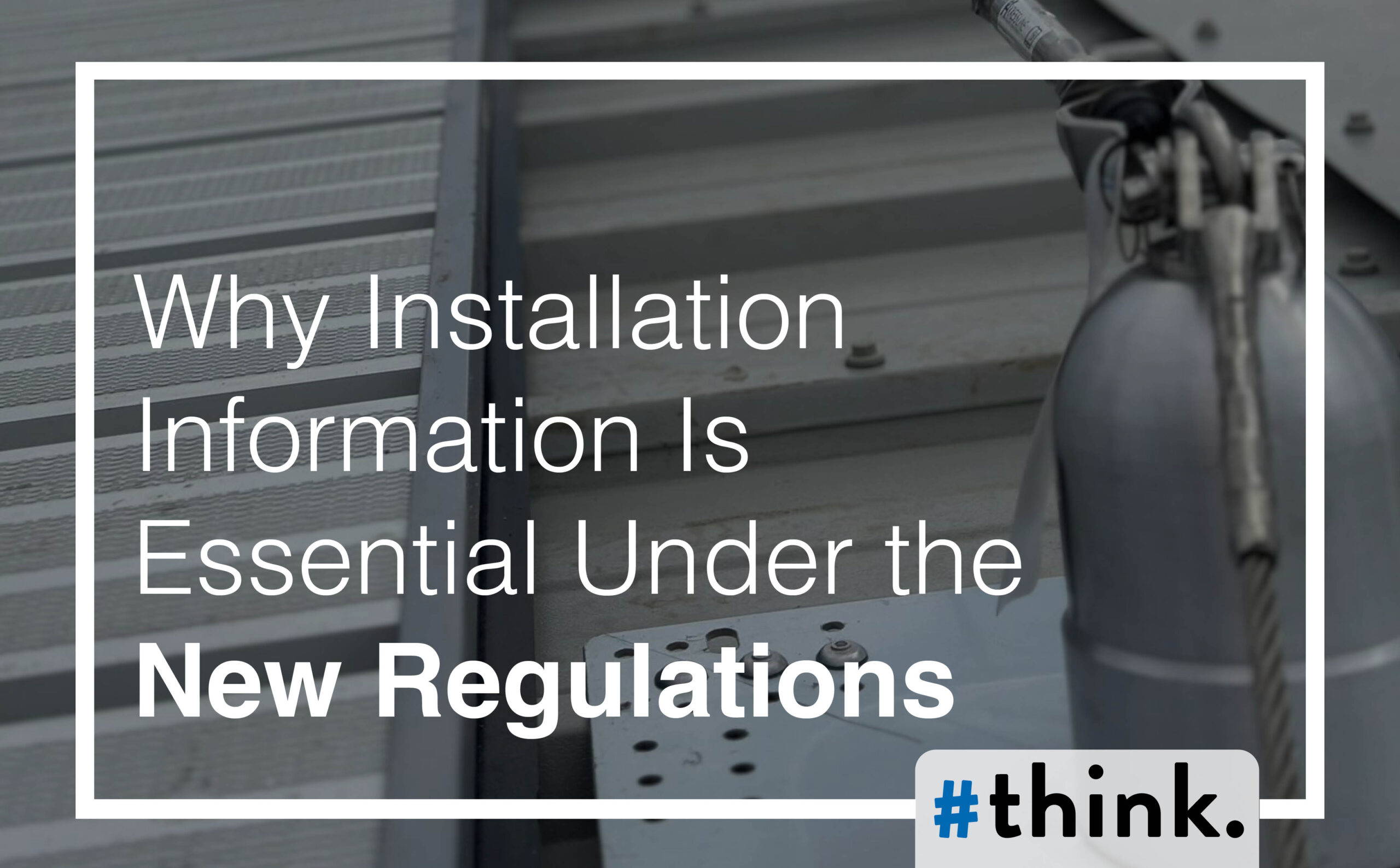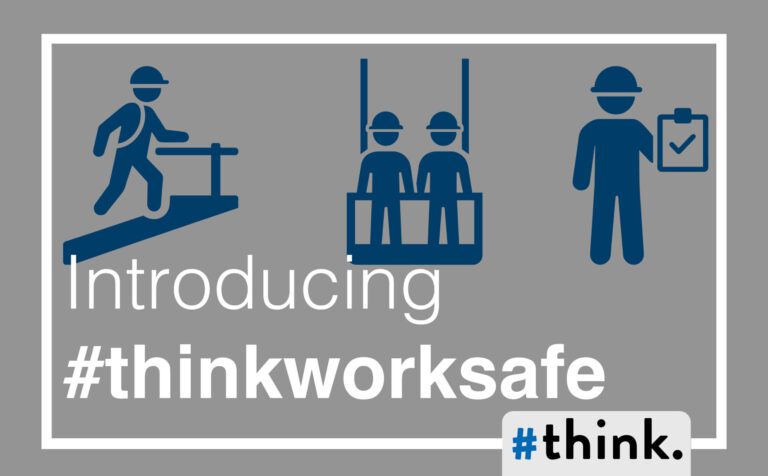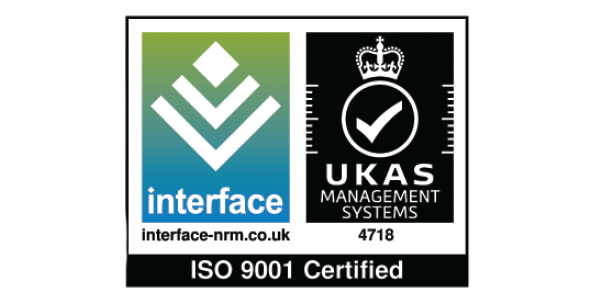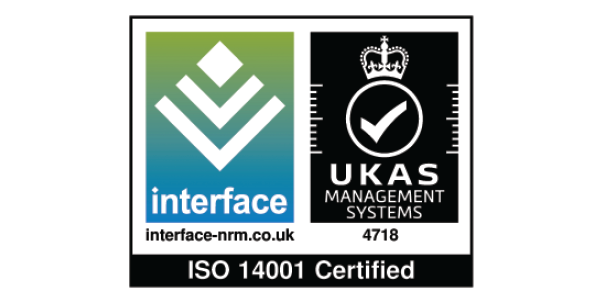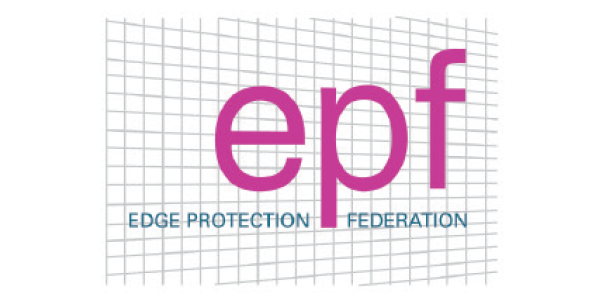Roof Access Systems & Anchor Inspections: Why Installation Information Is Essential Under the New Regulations
Working at height remains one of the most high-risk activities in construction, facilities management, and building maintenance. Across the UK, regulators and industry bodies are tightening expectations for roof access systems and anchor inspections, with a strong focus on one crucial element: installation information.
In this guide, we’ll explore how the Work at Height Regulations (WAHR) and BS 7883:2019 affect building owners, facilities managers and contractors — and why installation documentation is now a non-negotiable requirement for compliance, inspections, and safety.
Why Roof Access Safety Matters
Falls from height remain a leading cause of workplace injuries and fatalities. Roof anchors, lifelines, and fall arrest systems are designed to prevent these accidents, but only if:
- They are installed correctly.
- They are inspected regularly.
- They are backed by full installation documentation that proves suitability.
Without this information, even the most expensive or robust equipment cannot be considered safe or compliant.
The Legal Foundation: Work at Height Regulations (WAHR)
The Work at Height Regulations 2005 form the legal backbone of fall protection in the UK. Under WAHR, employers and duty holders must:
- Plan and supervise all work at height properly.
- Use competent people for installation, inspection, and use.
- Ensure roof access systems and anchor points are suitable and maintained.
- Carry out inspections at suitable intervals, after installation, and following exceptional events such as storms or structural works.
WAHR makes one thing crystal clear: if the safety of a system depends on how it was installed, then proof of correct installation is required. That proof is your installation information.
The Key Change: BS 7883:2019
While WAHR sets the law, BS 7883:2019 is the British Standard that interprets best practice for fall protection systems incorporating anchor devices. Its 2019 revision brought major changes:
1. Defined Roles
The standard formalises responsibilities, particularly the System Designer, who must provide a System Design Specification and ensure technical files exist.
2. Mandatory Documentation
Every system must have a System Technical File, including drawings, calculations, fixings data, and an inspection scheme. Without it, anchor inspections are incomplete.
3. Retrospective Application
BS 7883 applies not only to new installations but also to legacy systems. Even older anchors and lifelines must be assessed against today’s standards, meaning missing documentation must be recreated or verified.
4. Inspection Overhaul
Inspections are no longer just visual checks. Inspectors must compare systems against the original design, verifying substrates, fixings and intended use. This requires installation data.
Why Installation Information Is Non-Negotiable
The phrase “no info, no assurance” captures the new reality. Without installation information, inspectors cannot confirm that anchors and roof access systems remain safe. Here’s why:
- Hidden Fixings: Anchors often pass through membranes, insulation, or cladding. Without photos and drawings, no one can confirm what lies beneath.
- Structural Suitability: Calculations prove that the roof or wall substrate can withstand expected loads. Without them, there’s no evidence of structural integrity.
- System Changes Over Time: Roof refurbishments, weathering, and modifications may affect anchors. Installation records give inspectors a baseline to measure against.
In practical terms, inspectors are increasingly forced to fail systems or issue conditional passes where installation files are absent. This exposes building owners to legal risk, operational disruption and potentially costly replacements.
What Should Be in an Installation Pack?
A complete installation pack (sometimes called the passport for a roof access system) should include:
System Design Specification
- As-installed drawings showing anchor IDs and positions.
- Intended use and number of users.
System Technical File
- Design calculations and load paths.
- Fixings data (type, size, torque settings).
- Substrate details (thickness, material).
- Hidden element records, ideally with installation photographs.
Manufacturer Documentation
- Product declarations of conformity.
- EN 795 and EN 365 compliance certificates.
- Instructions for use.
Testing & Commissioning Records
- Load testing certificates.
- Commissioning sign-off.
O&M Manual and Examination Scheme
- Guidance on use, rescue planning, and inspection frequency.
- Specific acceptance/rejection criteria for anchor inspections.
Competence Records
- Installer training and certification.
- Handover certificate confirming compliance.
Together, these documents form the evidence base inspectors need to keep systems in service.
A Step-by-Step Compliance Plan
For building owners, facilities managers and contractors, here’s a simple plan:
Do not accept handover without full technical files, as you cannot prove compliance with WAHR or BS 7883 and the system could be decommissioned.
- Audit All Roof Access Systems
• Map every anchor, lifeline, and fall protection point.
• Identify where documentation exists and where it is missing. - Recover or Recreate Files
• Work with installers, manufacturers, or specialist inspectors to close documentation gaps. - Centralise Documentation
• Keep installation packs both digitally and on-site.
• Ensure inspectors can access them during routine checks. - Schedule Regular Inspections
• Follow the examination scheme.
• Inspect after installation, at suitable intervals and after exceptional events. - Future-Proof Installations
• Make documentation a contractual requirement for new systems.
• Do not accept handover without full technical files.
SEO Insight: Why This Matters for Building Owners & FMs
Searches for roof access compliance, BS 7883 anchor inspection, and fall protection documentation have risen steadily since 2020. This reflects growing awareness that paperwork is as important as hardware. Facility managers who prioritise documentation are:
- Less likely to face enforcement action.
- More likely to pass audits and inspections.
- Better protected against liability in the event of accidents.
From an SEO perspective, businesses offering roof access system installation, inspection, or recertification should highlight their ability to provide complete installation packs. This differentiates competent providers from low-cost installers who leave clients with compliance risks.
Conclusion: Documentation Is the New Compliance Currency
The days of treating roof anchors as simple bolts in a wall are over. Today, compliance depends on information as much as installation.
- WAHR sets the legal duty.
- BS 7883:2019 makes installation information mandatory.
- Inspectors cannot confirm safety without technical files.
For duty holders, the message is clear: treat the installation pack as part of the system. Without it, you don’t have a compliant anchor which carries an unknown risk.
By auditing your systems, recovering or recreating missing documentation, and embedding installation files into future contracts, you can stay ahead of compliance, protect workers and keep your building safe.
